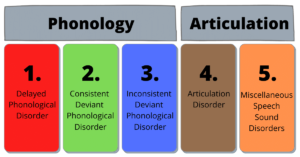Make your speech therapy soar by understanding what unintelligible really means.
Packed with video examples, therapy materials, and reference charts, this presentation will arm you with ways to better define your students and give you intervention strategies to best match their specific deficit. Follow a pilot study where children from two caseloads were better diagnosed and treated using strict criteria for the types of errors they were producing.








 Share
Share
 Tweet
Tweet
 LinkedIn
LinkedIn
 Pin
Pin
 Email
Email